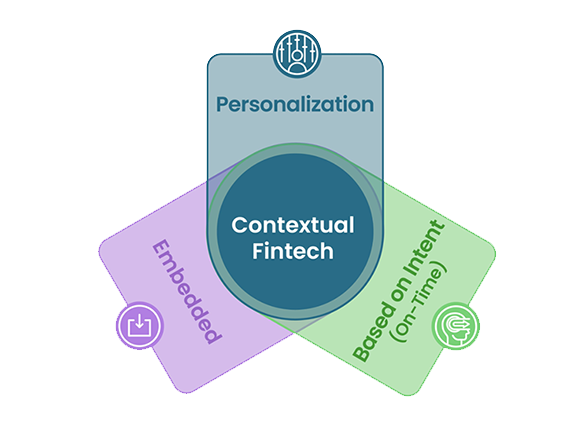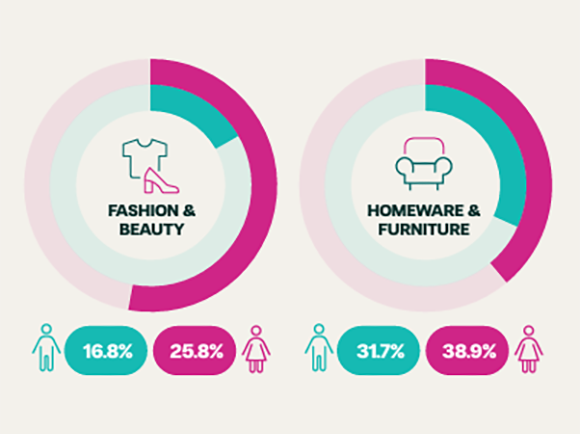4 ways retail finance can help banks boost customer engagement

Today’s climate is a challenge for consumers. Real wages are being squeezed by high inflation, interest rates, and the general cost of living.
Many consumers are looking for ways to spread the cost of their purchases over several months to reduce the impact on spending. Most will use a credit card to do so. Or, they will make use of embedded solutions provided by the merchant to spread their costs.
As the fastest growing online payment method, merchants need to offer this solution to give their consumers what they want.
The question is: how do they do it?
Brands or banks
One option is for the merchant to go with the B2C retail finance players. But the B2C players are losing market share and credibility, while their risk increases. A focus on unregulated lending and small baskets has left them particularly vulnerable to economic and legislative changes; high interest rates is making interest-free credit a more expensive proposition, and new regulation will be enforced later this year that will add additional costs to their operations.
Another option for the merchant is to partner with a financial provider, like a bank. Unlike the B2C players, Tier 1 lenders are focussed on big tickets, with basket sizes of £500 and above. They’re not really looking at fast fashion, pizzas and coffee because these are not key strategic targets. They’re looking for big transactions and long-term partnerships.
So, consumers demand the flexibility retail finance provides, and Merchants demand the ability to provide these services. Which leads us to the opportunity for banks.
Banks can either stay away from retail finance because it’s not part of their current vision (they may think the credit is too risky and/or the checks are not stringent enough).
Or, they can invest in their own retail finance programme to meet merchant and consumer demand. Here are four reasons why banks should seize this opportunity.
1. New revenue stream
Banks generate revenue with retail finance no matter what. If it’s interest-free, the merchant will pay the bank a transaction fee. If it’s interest bearing, then the consumer will pay the bank.
This new revenue stream could also come about from a corporate level. Banks can approach a large merchant that they don’t have at the moment and attract their attention with retail finance. Not only can the bank offer their standard propositions – corporate banking, trading, FX – but they can now offer retail finance for their point of sales as well.
Enterprise retailers – the national stores worth hundreds of millions in finance per year – are more attracted to the bank’s portfolio of products and services if there is a retail finance proposition included, particularly if they don’t already have a retail finance programme themselves.
Retail finance thus helps to enhance the bank’s offering and grow their revenue.
2. Competitive advantage
It’s easy to see, then, how this translates into a competitive advantage. Some banks have been slow to enter the retail finance market. But those that have done so now have a new product their competitors are lacking.
Some banks have chosen to invest in retail finance to enhance their current proposition. Spending 50% internally and outsourcing the other 50% to a fintech, for example. Others choose to outsource 100% of their programme. Whichever model they choose, the outcome is the same: a superior product offering.
3. Customer experience
If you’re a bank and you want to start retail finance to target large merchants, you don’t want to spend too much time setting up your customer journey. You also don’t want to dedicate resources to the merchant to make sure that the customer journey is updated in line with the latest regulations, nor do you want to make sure that all the T&Cs, text, icons, and call to actions feature in the right place on the merchant’s website. But you will want them taken care of.
The customer experience must be spot on if you are to generate a new revenue stream and gain a competitive advantage.
For banks to avoid this burden, they need to partner with a fintech with expertise in building the customer journey. A solution that is branded as if it were the merchant’s own – a white labelled solution – is something that fintechs have strong experience, time and resources to perfect, where banks do not necessarily.
4. Data insights
Banks can improve everything we’ve just spoken about – their customer experience, competitive advantage and revenue stream – with the right data insights.
Understanding how their customers are using retail finance can help them to improve their merchant’s sales volumes. Which sectors are having the most success, for example? Where should the calls to action be on an electronics retailers website? Do demographics matter? What are the average order values? What are the improvements in conversion rates?
Armed with this information, banks can boost their offering and sell the benefits of their product to more merchants to bolster their portfolio.
So how can banks offer retail finance?
Banks can build the solution themselves. This means investing quite a lot of money. Asking how much is like asking how long a piece of string is; a safe estimate is around £3 million. That’s not counting the time it takes, too, nor the complexity of reshuffling internal project priorities.
In fact, it’s not really this one-off investment that’s important. If you’re a bank who has decided to invest in retail finance, you need to commit to it long-term.
You invest today in building your team. You build the product, launch it, and spend on business development. But tomorrow you need to look after it and maintain it. And in the days after you need to support it. You need to make sure that you get a support team who knows how to fix problems and can respond immediately. And you need to keep on top of consumer trends and regulatory changes. It becomes a product of the bank.
So it’s not only the £3 million needed to invest and the time it takes to build it. It’s the ongoing costs to the bank for maintenance and updates to the product.
Do banks have the appetite?
Some do. Those with credit card departments looking to enhance their offering may be willing to invest internally.
Others do not. And this really is where the fintechs come in.
Instead of investing internally to create the platform, banks can partner with a fintech company like Divido.
We maintain the solution, support it and enhance it. We take away all of the complexity that can arise with creating a new product because we’ve done it before with some of the world’s biggest financial institutions. We share best practices and consult with the bank’s internal teams.
We can white label the platform for banks so they can offer merchants retail finance under the merchant’s own branding. And we can do all of this much faster than the banks can themselves.
As a SaaS provider, we can create bespoke data insights for the lenders and for their merchants, via our lender and merchant portals. Banks can manage their entire retail finance portfolio using our lender portal, and upload their financial propositions so their rates are readily available to merchants online.
Our sole focus is on improving our retail finance platform, to provide a smooth, fully regulated journey for the end consumer, so banks and merchants can improve their customer engagement.
You might also
be interested in
Keen to know more?








